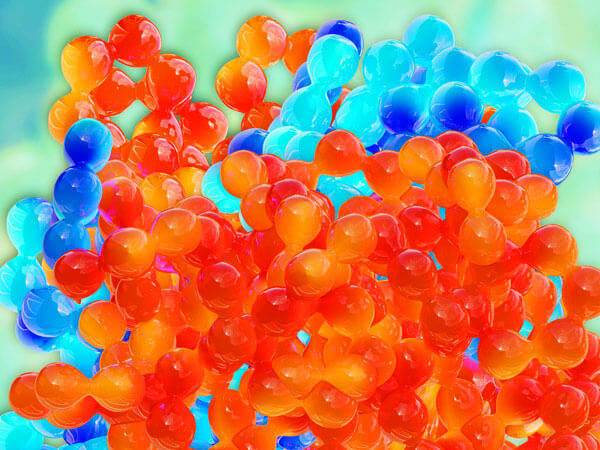What is the difference between non-homologous end joining (NHEJ) and homology-directed repair (HDR)?

NHEJ is a very efficient repair mechanism that is most active in the cell. It is also susceptible to frequent mutation errors due to nucleotide insertions and deletions (indels). HDR is considered the dominant mechanism for precise DSB repair, but suffers from low efficiency as it requires higher sequence similarity between the severed and intact donor strands of DNA. There are fewer errors or chances of mutations if the DNA template used during repair is identical to the original undamaged DNA sequence.1,2
When making modifications to a gene using CRISPR, the population of transfected cells will contain a combination of NHEJ-repaired and HDR-repaired alleles. HDR-edited DNA is much more desirable to ensure controlled modifications.
References:
1. H. Ghezraoui, et al., “Chromosomal translocations in human cells are generated by canonical nonhomologous end-joining,” Mol Cell 55(6):829-842, 2014.
2. M. Jasin and R. Rothstein. “Repair of Strand Breaks by Homologous Recombination,” Cold Spring Harb Perspect Biol 2013.

